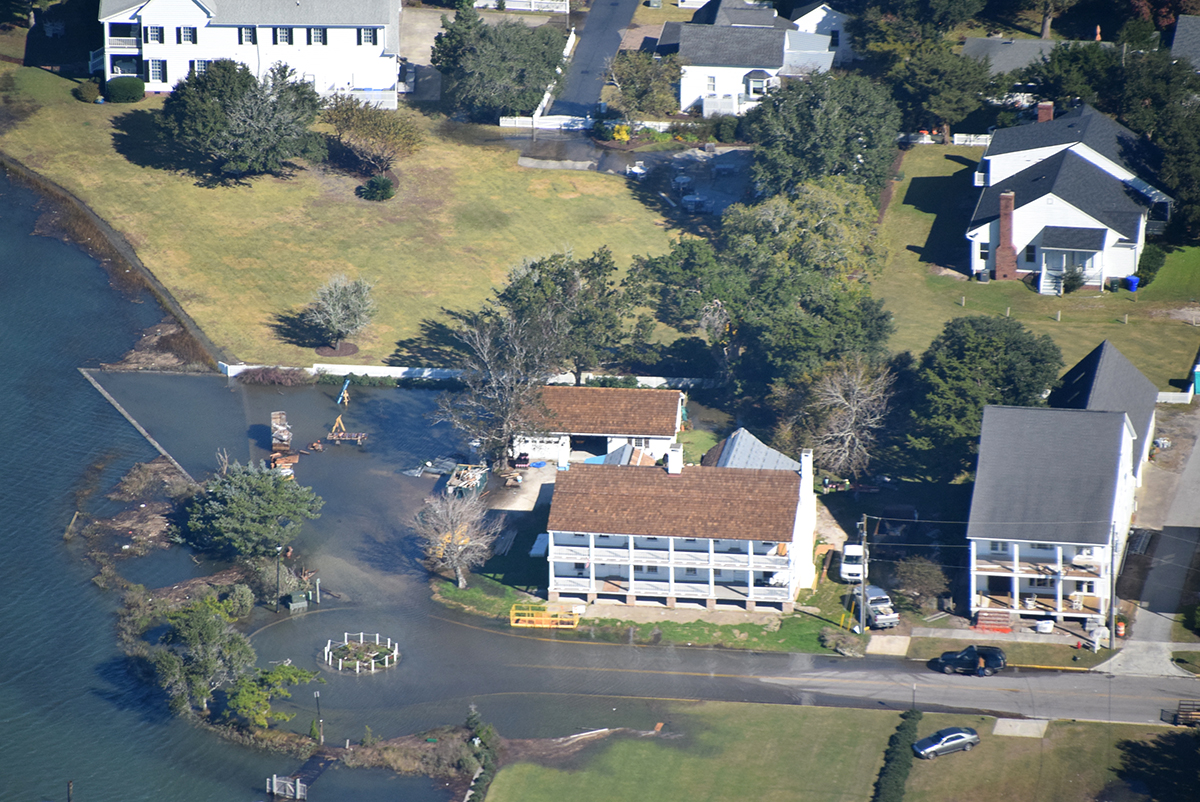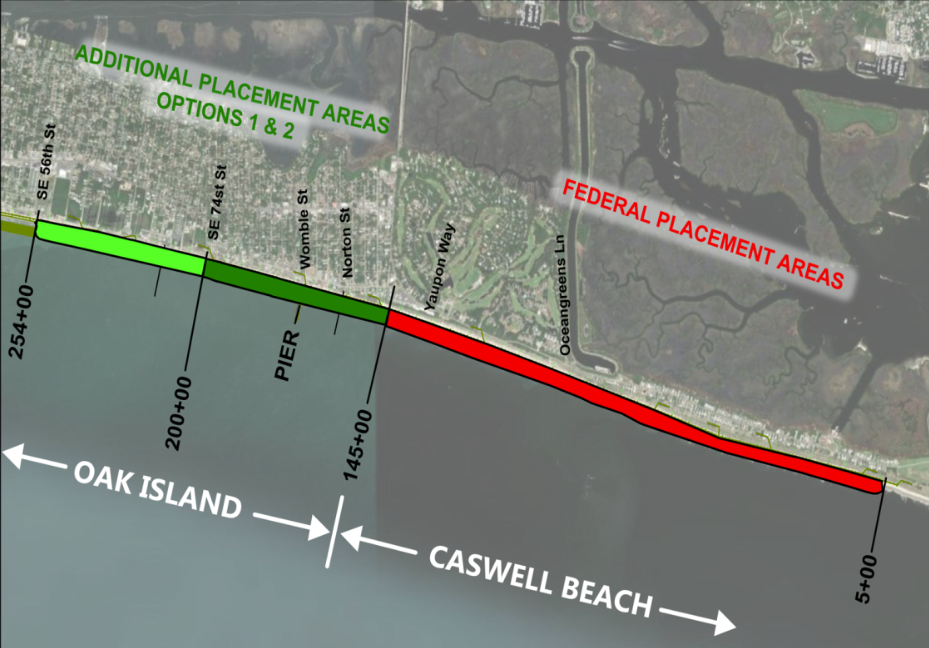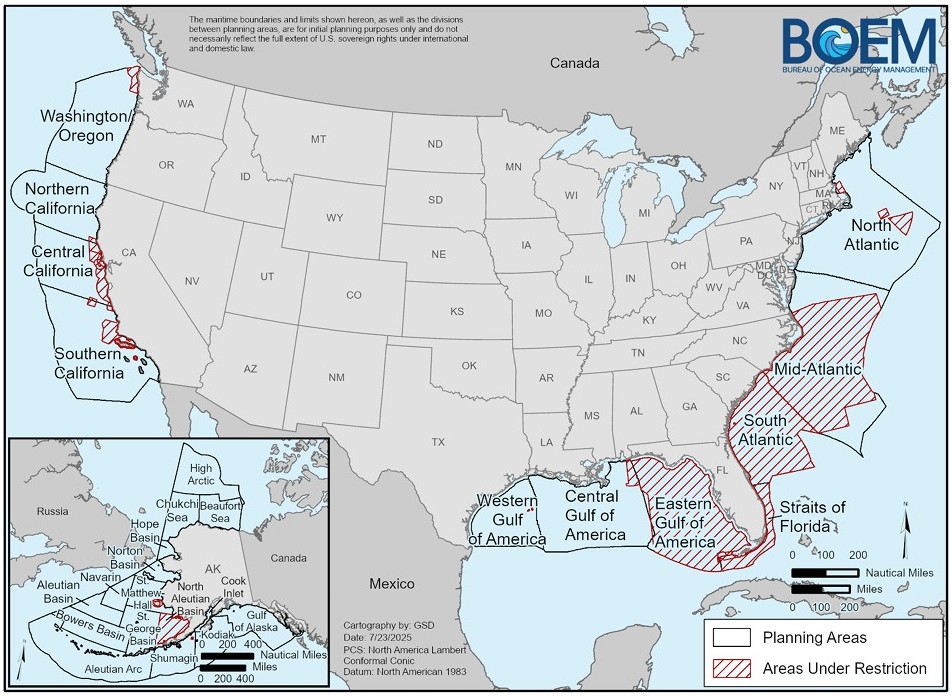
State officials are in the early stages of developing what is being called the North Carolina Flood Resiliency Blueprint, a planning tool for major watersheds affected by flooding, including the Cape Fear River and the Neuse River basins.
The Division of Mitigation Services, under the North Carolina Department of Environmental Quality, is heading up the statewide effort to develop the blueprint, which is intended to establish a framework and tools to help communities in decision-making related to reducing flood risk and increasing resilience, according to the division. The blueprint is to be the first of its kind for the state, officials said.
Supporter Spotlight
All interested parties may submit input and help identify problems, address barriers and prioritize solutions using the online survey or request for information on the Mitigation Services webpage.
The state budget signed in November included $20 million for Mitigation Services to develop the statewide blueprint. Now the division is accepting bids from organizations to develop the plan. The invitation to bid is on the Mitigation Services webpage. Bids are to be opened Feb. 24. The initial draft is to be delivered no later than Dec. 31, 2023.
“The watershed blueprint shall form the backbone of a State flood planning process that increases community resiliency to flooding, shall be a resource for riverine and stream management to reduce flooding, and should support the establishment and furtherance of local government stormwater maintenance programs,” according to the invitation document.
Division officials said the blueprint should do the following:
- Identify sources and types of flooding, causes, frequencies, scale of damage and statewide geographic distribution of risk.
- Identify major watersheds affected by flooding.
- Account for existing resilience programs, stakeholders and funding sources, as well as programs and funding established in the current budget.
- Inventory for existing data and data gaps.
- Identify the appropriate scale and roles for potential future state funding to address gaps.
- Develop appropriate visualization and decision-making tools for various stakeholders to quantify and map flood risk within a watershed, match appropriate resilience tools and tactics to areas of risk, match available funding sources to specific actions and prioritize specific actions.
- Make recommendations for statewide implementation, including governance and decision-making structures, future blueprint iteration management, watershed-scale stakeholder engagement, and stewardship of projects that receive state funding.








